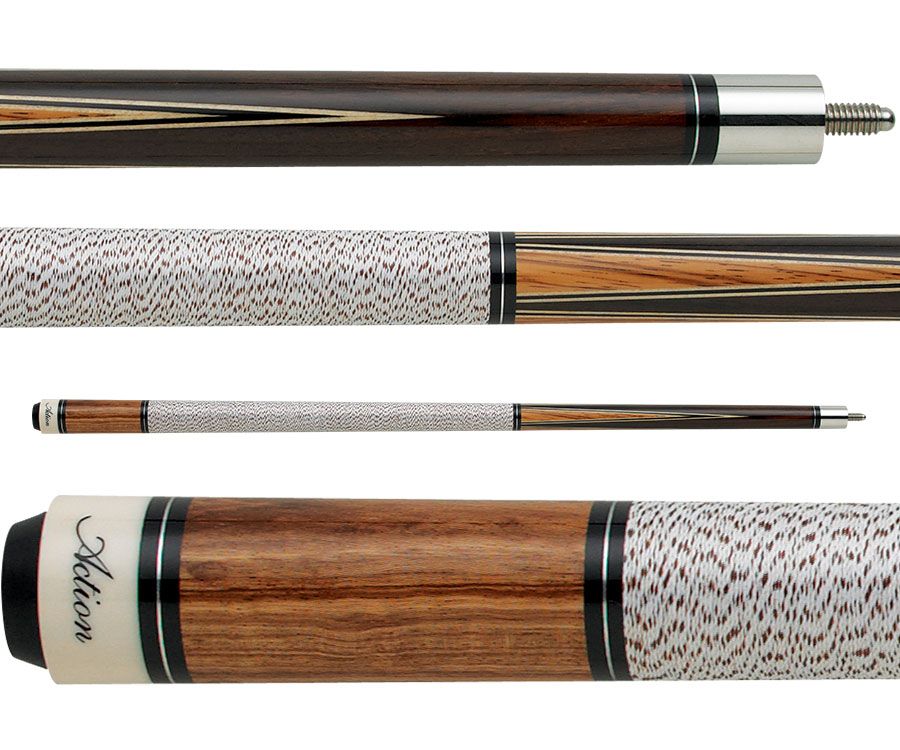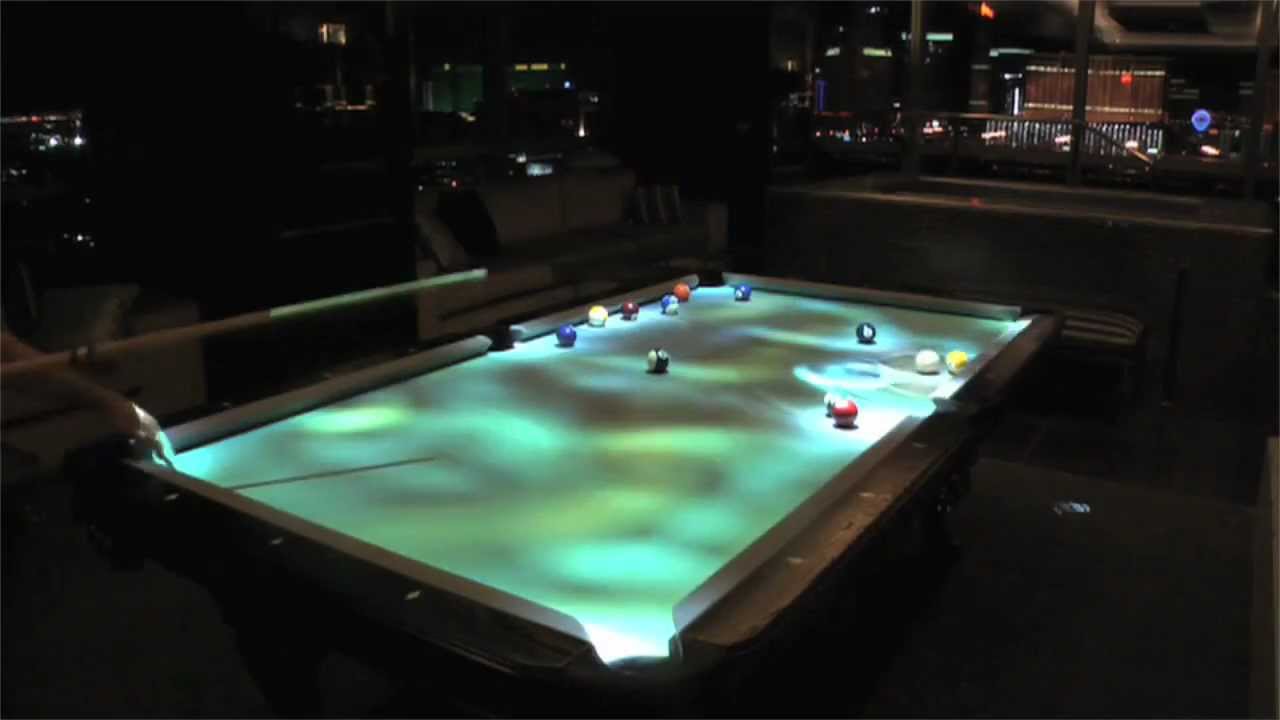
The manufacturer of the pool ball and the resin used can influence the design and color of the balls. Having a quality ball can make all the difference when playing pool, and is also important for achieving professional skills. A set of high-quality balls will last a lifetime.
The first pool balls used to be made of wood. As the game evolved, manufacturers sought alternatives to meet the demand for high-quality balls. The first pool balls were made from ivory in the 17th Century. This was because it was durable and smooth. It was also very affordable to produce. Manufacturers looked for other alternatives as the elephant population declined during the latter part of the 19th Century.

Leo Baekeland (an American chemist) created a new type of plastic in 1907. Bakelite was a popular choice for pool balls in the 1920s. Compared to celluloid balls, bakelite was less flammable and more durable. It was also easy to make and did not explode. Although it is a kind of plastic, it's not the same resin as today. It is a thermosetting plastic that cannot be melted again.
The next pool ball was made from a combination of alcohol and nitrogen. This material is still in use today and is known as phenolic resin. Phenolic resin is also used for circuit boards. It is a strong, robust resin that is preferred for pool balls. In a similar process to bakelite, the resin is used for making pool balls.
Polyester is another plastic that is used in pool balls. Polyester is more affordable than phenolic. However, polyester does not keep its shine as long as the phenolic. Additionally, polyester is not very long-lasting. Polyester pool balls are more susceptible to deterioration. They don't last as long as phenolic or resin balls.
In 1923, a Belgian company named Saluc specialized in manufacturing pool balls. Saluc is well-known for Aramith brand, which is the only company to produce pure phenolic phenolic resin ball. Aramith balls are made from a mixture of phenolic and bakelite resin. Thermosetting plastic, phenolic resin, is very durable. It can last up 40 years. It can also be used to make volleyball ball, which can withstand upto 400 000 impacts.

Other than the ones mentioned, there are many types of plastic used in making pool balls. Polyester pool balls, while being cheaper than phenolic resin balls, are less durable than phenolic. Furthermore, polyester pool balls don't last as well as phenolic-resin pool balls. These pool balls are still affordable and can last for a long time. They are expensive, but are the best option for tournaments.